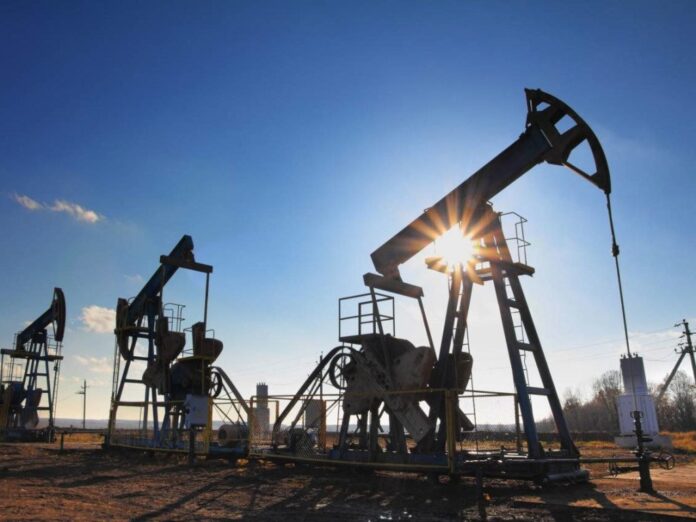Oil prices extends losses on Wednesday as a much bigger-than-expected surge in the U.S. crude inventories and expectations of further interest rate hikes sparked concerns over the prospect of weaker fuel demand and economic recession.
Brent crude futures slid 72 cents, or 0.8%, to $84.86 per barrel by 0442 GMT, while U.S. West Texas Intermediate (WTI) crude futures shed 68 cents, or 0.9% to $78.38.
The build was much larger than the 1.2 million-barrel rise that nine analysts polled by Reuters had expected, potentially pointing to a drop in fuel demand.
Gasoline stocks rose by about 846,000 barrels, while distillate stocks rose by about 1.7 million barrels, according to the sources, who spoke on condition of anonymity.
Meanwhile, a Federal Reserve official said on Tuesday the U.S. central bank will need to keep gradually raising interest rates to beat inflation after data showed that U.S consumer prices accelerated in January.
Also weighing on crude prices was a U.S. Department of Energy (DOE) announcement this week that it would sell 26 million barrels of oil from the nation’s strategic reserve, which is already at its lowest level in roughly four decades.
Prices drew some support from the Organization of the Petroleum Exporting Countries (OPEC) raising its 2023 global oil demand growth forecast in its first upward revision for months, on China’s reopening, and trimmed supply forecasts for major non-OPEC producers, indicating a tighter market.
Global oil demand will rise this year by 2.32 million barrels per day (bpd), or 2.3%, OPEC said, raising the forecast from February by 100,000 bpd.
























